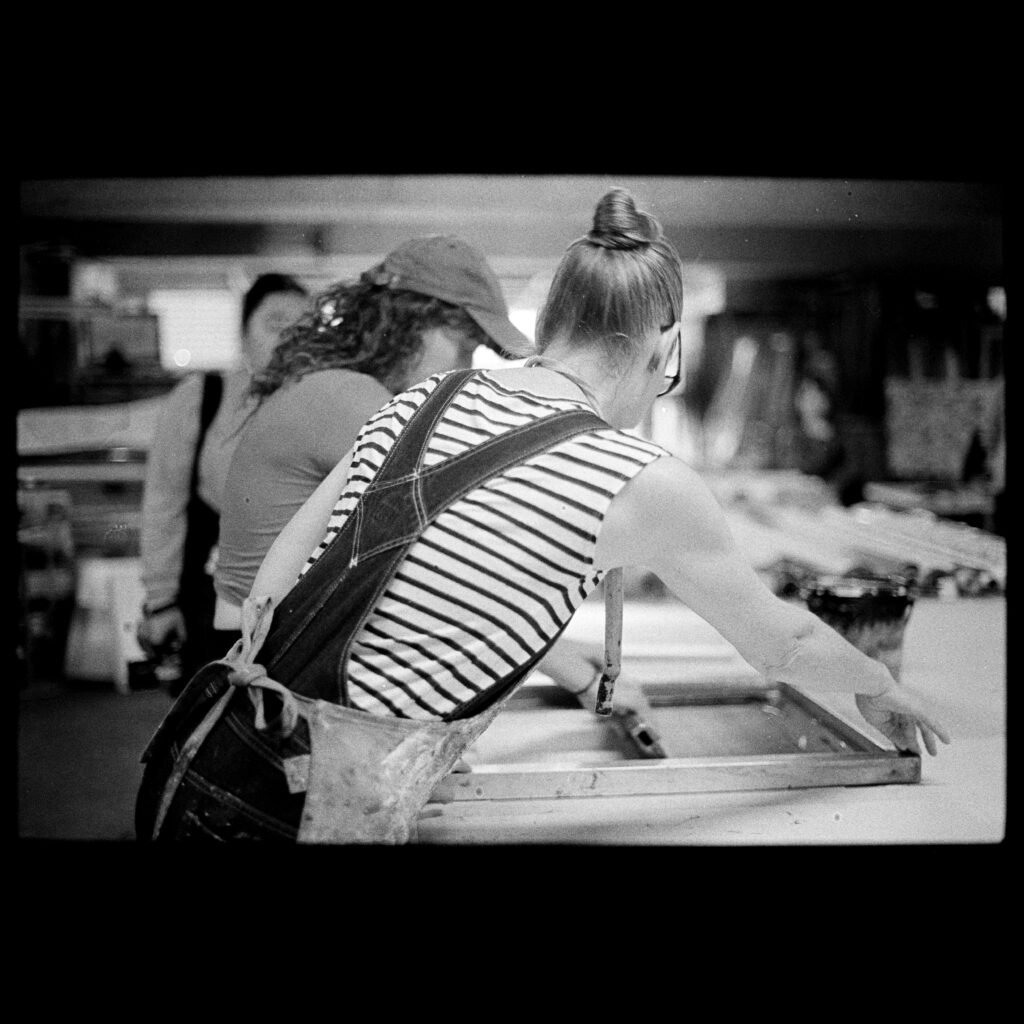Screen printing, also known as silk screening, is a versatile printing technique used to transfer images, patterns, or designs onto a wide range of surfaces. From textiles and paper to glass and wood, this method has been a cornerstone in the printing and customization industries for decades. Its enduring popularity stems from its affordability, durability, and adaptability to both large-scale production and artistic endeavors.
The History and Evolution of Screen Printing
Screen printing has its roots in ancient China, where stencils were first used to transfer designs onto fabrics. Over time, the technique spread to other parts of Asia and eventually to Europe in the 18th century. The process was revolutionized in the 20th century with the invention of synthetic mesh screens and photo-reactive emulsions, which significantly increased efficiency and precision. Today, screen printing remains a widely used technique in industries such as fashion, advertising, and manufacturing.

The Screen Printing Process
The process of screen printing involves several key steps. First, a design is created and then transferred onto a mesh screen using a light-sensitive emulsion. Areas not intended to receive ink are blocked out, creating a stencil. The screen is then placed over the desired substrate (e.g., fabric, paper, or plastic). Ink is pushed through the open areas of the screen using a squeegee, transferring the design onto the material.
Multiple colors can be added to a design by using separate screens for each color, aligning them carefully to achieve the desired effect. The printed item is then dried or cured, ensuring the ink adheres firmly to the surface.
 Applications and Benefits
Applications and Benefits
Screen printing is commonly used in the production of T-shirts, tote bags, posters, signage, and promotional items. Its ability to produce vibrant, durable designs makes it ideal for products that endure frequent washing, wear, or outdoor exposure.
One of the key advantages of screen printing is its versatility. It can be used on a variety of materials, including cotton, polyester, ceramics, metal, and glass. Additionally, it is cost-effective for large production runs, as the cost per item decreases with higher quantities. Screen printing also allows for the use of specialty inks, such as metallic, glow-in-the-dark, or puff inks, enabling creative and unique designs.
Challenges and Limitations
While screen printing is highly effective, it does have limitations. The setup process can be time-consuming, especially for multi-color designs, making it less efficient for small or one-off orders. Additionally, achieving highly intricate or detailed designs may be challenging compared to digital printing methods. Environmental concerns are another consideration, as traditional inks and cleaning solvents may contain harmful chemicals. However, many companies are adopting eco-friendly practices by using water-based inks and sustainable cleaning methods.
The Future of Screen Printing
Despite advances in digital printing technologies, screen printing remains a vital part of the printing industry. Its ability to produce high-quality, long-lasting prints ensures its relevance in both commercial and artistic settings. As sustainability becomes increasingly important, the adoption of eco-friendly materials and processes will likely shape the future of screen printing.
In conclusion, screen printing is a timeless craft that continues to adapt to the changing demands of modern production. Its rich history, robust methodology, and wide range of applications make it an invaluable tool for businesses, artists, and creators. Whether producing customized clothing, corporate gifts, or promotional materials, screen printing remains a reliable and enduring technique.


